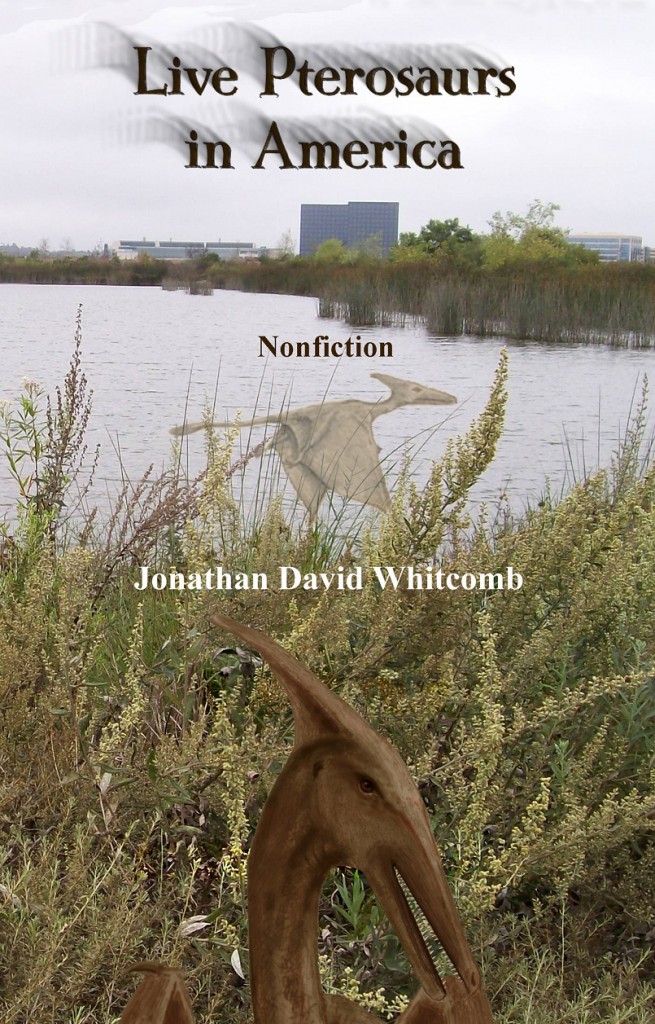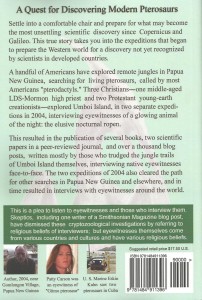No monetary profit do I make from promoting this book by Peter Bowerman. I recommend The Well-Fed Self-Publisher (even though I’ve read only half of the 294 pages) with no reservations . . . that is, if you might be interested in making a profit on your self-published book. (My copy says “2007,” although Amazon says the book was published August 1, 2006; I guess it’s a reprinting.) I hope that the best books by LDS self-published authors would be promoted with the principles taught in WFSP, for the resulting higher sales would make this world a better place.
I won’t examine all 114 Amazon reviews, but noticed that 97 were five-star (best rating) and 13 were four-star. From my experience with the first few chapters of WFSP, I suspect that lofty rating average may come less from the author’s friends, more from unbiased readers. I summarize one of the lengthy reviews (by Holly Cooley):
Peter Bowerman has created a wonderfully accessible reference for anyone who has ever thought about self-publishing. He presents all the ins and outs of publishing your own book in a straightforward manner. Even better, he includes his own experiences, both good and bad — yes, he made mistakes — making his book both more real and more readable, and ultimately more useful to the potential self-publisher.
. . . Bowerman spent close to 30 years in sales, marketing, copywriting and publishing. Clearly, he has certain skills from his background that you may not have. By letting you know exactly how he went about self-publishing his own book, he has made it possible for you to decide what will work for you.
Almost 50 pages of useful material can be found in the five Appendices. Not only does the first of these, Resources, include books and websites, but also the specific vendors that helped Bowerman with his own books, from cover design to typesetting to publicity.
I expect to examine some of Bowerman’s ideas on this blog. (Remember, ideas are not copyrightable, only the expression of those ideas.) I found nothing to suggest the author is LDS, but I don’t recall reading anything in WFSP that might be offensive to LDS readers.
*****************************************************************************
Advertisement (by author of this blog):
From the back cover of this nonfiction cryptozoology book:
“Americans, for years, have reported obvious living pterosaurs, with sightings in Washington state, California, New Mexico, Texas, Ohio, Arkansas, Oklahoma, Georgia, Florida, South Carolina, Rhode Island, Maine, New York, Pennsylvania, Kentucky, Virginia, Kansas, Indiana, Wisconsin, Michigan, and Missouri.
“Discover for yourself these amazing yet true stories and why they are usually absent from news headlines. Learn of the searches and research done by a few American cryptozoologists who stand up to ridicule and proclaim the truth. At least two pterosaur species, (quite uncommon, mostly nocturnal) still live in North America.”
Third edition of Live Pterosaurs in America, by the LDS author Jonathan Whitcomb


